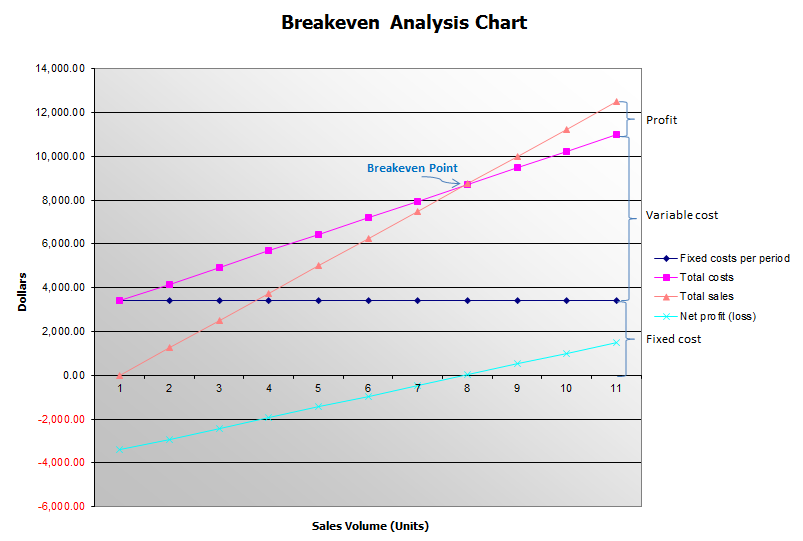2007-08 financial crisis
Buffett ran into criticism during the subprime crisis of 2007–2008, part of the recession that started in 2007, that he had allocated capital too early resulting in suboptimal deals. "Buy American. I am." he wrote for an opinion piece published in the New York Times in 2008. Buffett called the downturn in the financial sector that started in 2007 "poetic justice". Buffett's Berkshire Hathaway suffered a 77% drop in earnings during Q3 2008 and several of his later deals suffered large mark-to-market losses.
In 2008, Buffett became the richest person in the world, with a total net worth estimated at $62 billion by Forbes and at $58 billion by Yahoo, overtaking Bill Gates, who had been number one on the Forbes list for 13 consecutive years. In 2009, Gates regained the top position on the Forbes list, with Buffett shifted to second place.
In October 2008, the media reported that Buffett had agreed to buy General Electric (GE) preferred stock. The operation included special incentives:
In addition to suggestions of mistiming, the wisdom in keeping some of Berkshire's major holdings, including The Coca-Cola Company, which in 1998 peaked at $86, raised questions. Buffett discussed the difficulties of knowing when to sell in the company's 2004 annual report:
In March 2009, Buffett said in a cable television interview that the economy had "fallen off a cliff ... Not only has the economy slowed down a lot, but people have really changed their habits like I haven't seen". Additionally, Buffett feared that inflation levels that occurred in the 1970s—which led to years of painful stagflation—might re-emerge.
Buffett ran into criticism during the subprime crisis of 2007–2008, part of the recession that started in 2007, that he had allocated capital too early resulting in suboptimal deals. "Buy American. I am." he wrote for an opinion piece published in the New York Times in 2008. Buffett called the downturn in the financial sector that started in 2007 "poetic justice". Buffett's Berkshire Hathaway suffered a 77% drop in earnings during Q3 2008 and several of his later deals suffered large mark-to-market losses.
- Berkshire Hathaway acquired 10% perpetual preferred stock of Goldman Sachs.
- Some of Buffett's put options (European exercise at expiry only) that he wrote (sold) were running at around $6.73 billion mark-to-market losses as of late 2008. The scale of the potential loss prompted the SEC to demand that Berkshire produce, "a more robust disclosure" of factors used to value the contracts.
- Buffett also helped Dow Chemical pay for its $18.8 billion takeover of Rohm & Haas. He thus became the single largest shareholder in the enlarged group with his Berkshire Hathaway, which provided $3 billion, underlining his instrumental role during the crisis in debt and equity markets.
In 2008, Buffett became the richest person in the world, with a total net worth estimated at $62 billion by Forbes and at $58 billion by Yahoo, overtaking Bill Gates, who had been number one on the Forbes list for 13 consecutive years. In 2009, Gates regained the top position on the Forbes list, with Buffett shifted to second place.
- Both of the men's values dropped, to $40 billion and $37 billion respectively—according to Forbes,
- Buffett lost $25 billion over a 12-month period during 2008/2009.
In October 2008, the media reported that Buffett had agreed to buy General Electric (GE) preferred stock. The operation included special incentives:
- He received an option to buy three billion shares of GE stock, at $22.25, over the five years following the agreement, and
- Buffett also received a 10% dividend (callable within three years).
In addition to suggestions of mistiming, the wisdom in keeping some of Berkshire's major holdings, including The Coca-Cola Company, which in 1998 peaked at $86, raised questions. Buffett discussed the difficulties of knowing when to sell in the company's 2004 annual report:
- That may seem easy to do when one looks through an always-clean, rear-view mirror.
- Unfortunately, however, it's the windshield through which investors must peer, and that glass is invariably fogged.
In March 2009, Buffett said in a cable television interview that the economy had "fallen off a cliff ... Not only has the economy slowed down a lot, but people have really changed their habits like I haven't seen". Additionally, Buffett feared that inflation levels that occurred in the 1970s—which led to years of painful stagflation—might re-emerge.

